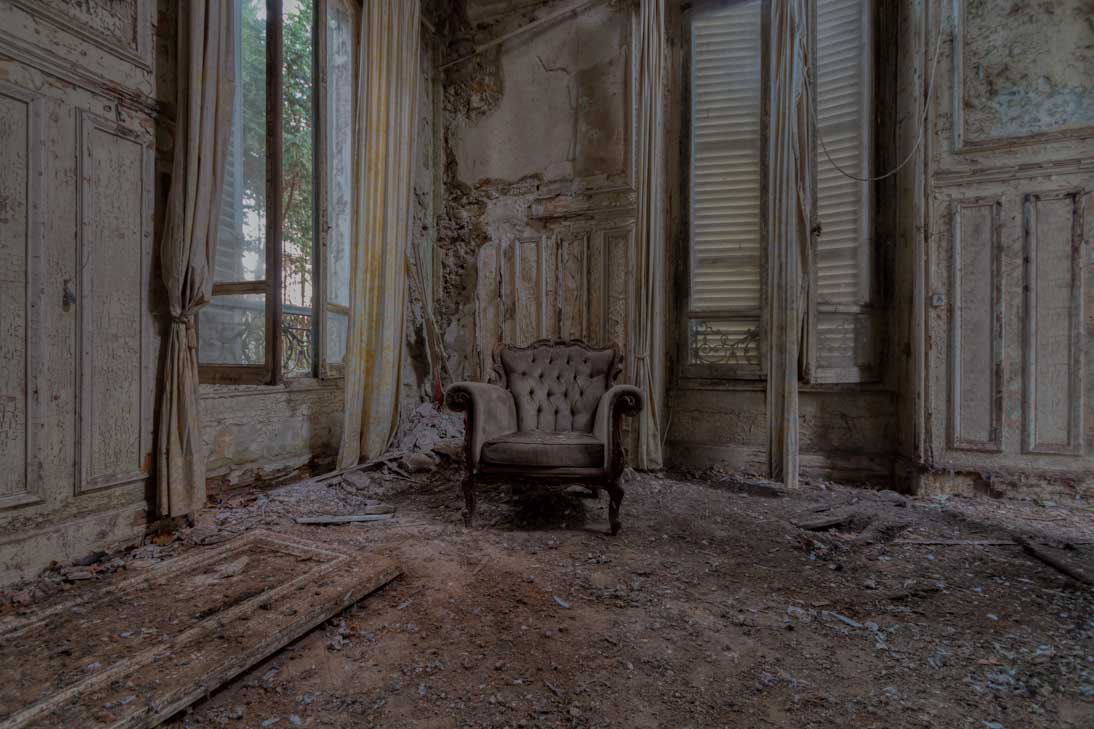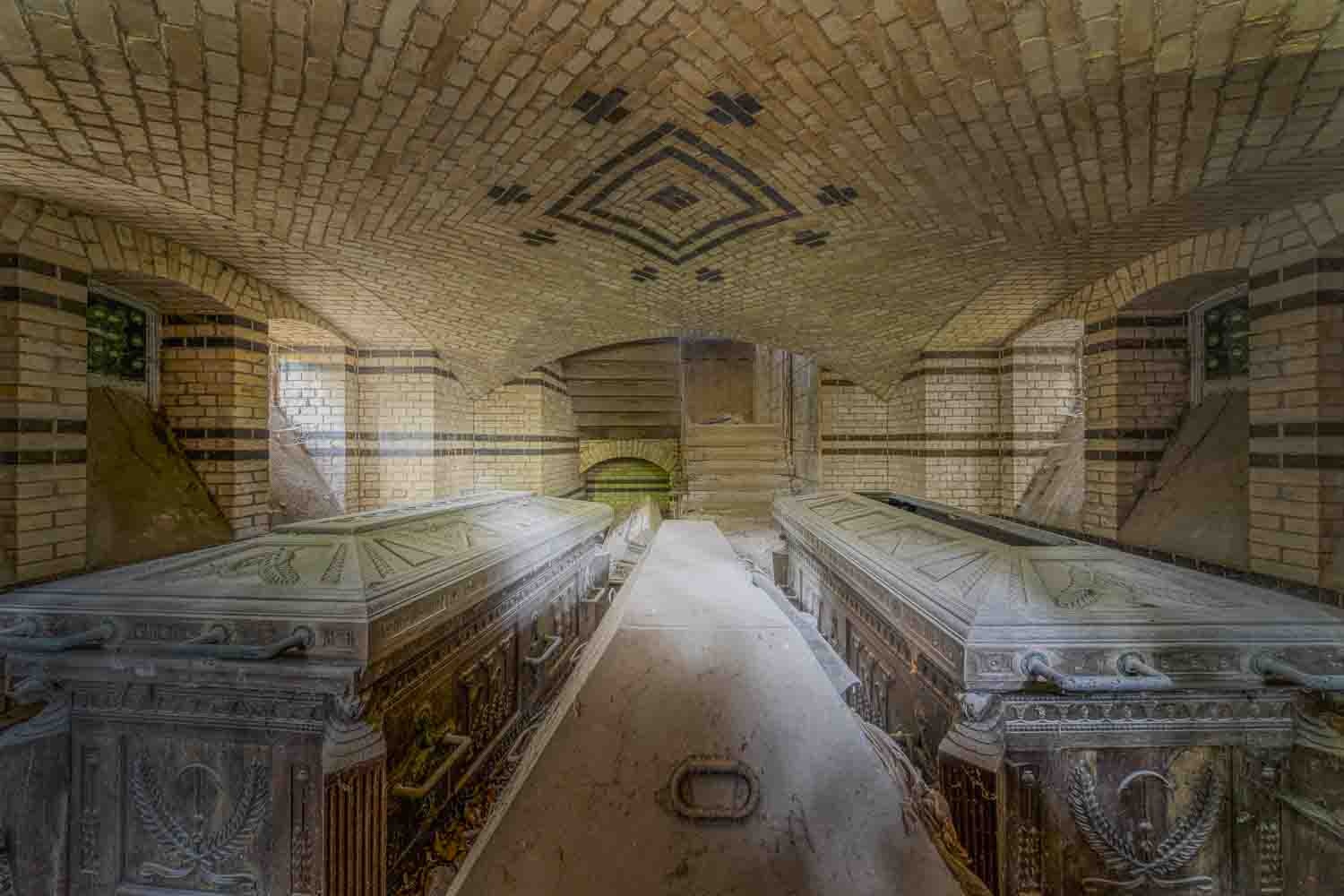The castle, with its mounted creatures gazing out from countless windows, has always held a strange allure for me. They call it the “Taxidermist’s Castle,” built sometime in the 1600s. Details about its original owners are scarce, though. Their name pops up in dusty titles from the mid-1500s, a Florentine chatelaine who married a French baroness. Together, they acquired the stronghold on which the castle now stands, and it remained in their family for generations, lasting until the French Revolution swept away the old order.
Then, a Lyonnais businessman bought the property. It was his eldest son, though, who truly transformed the castle into the remarkable structure it is today. He added the eye-catching corner pavilions that flank the central building and gave the whole place a more polished look.
The castle itself is a single-story affair, its central body flanked by those two pavilions that jut out slightly from the main facade. Stepping into the courtyard, you’re greeted by a pair of square pavilions, topped with distinctive slate domes and little lanterns. The one on the right, it turns out, used to be a chapel – there’s even an engraved plaque inside marking its consecration.
This place, with its rich history and captivating blend of architecture and oddities, has become a constant source of fascination for me. Every detail, from the weathered stones to the stories whispered within its walls, fuels my curiosity and draws me back again and again.
























